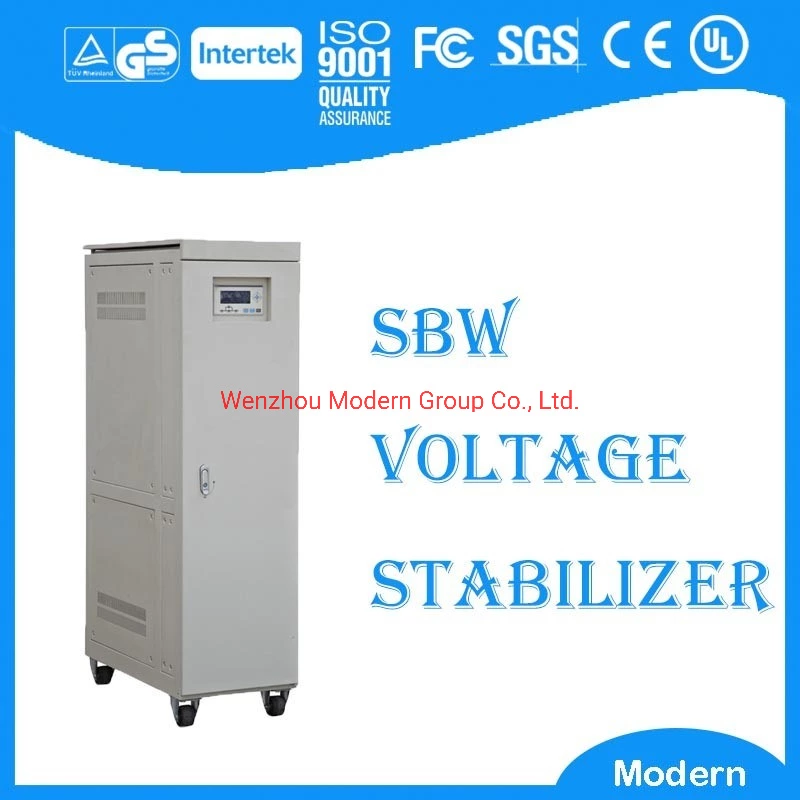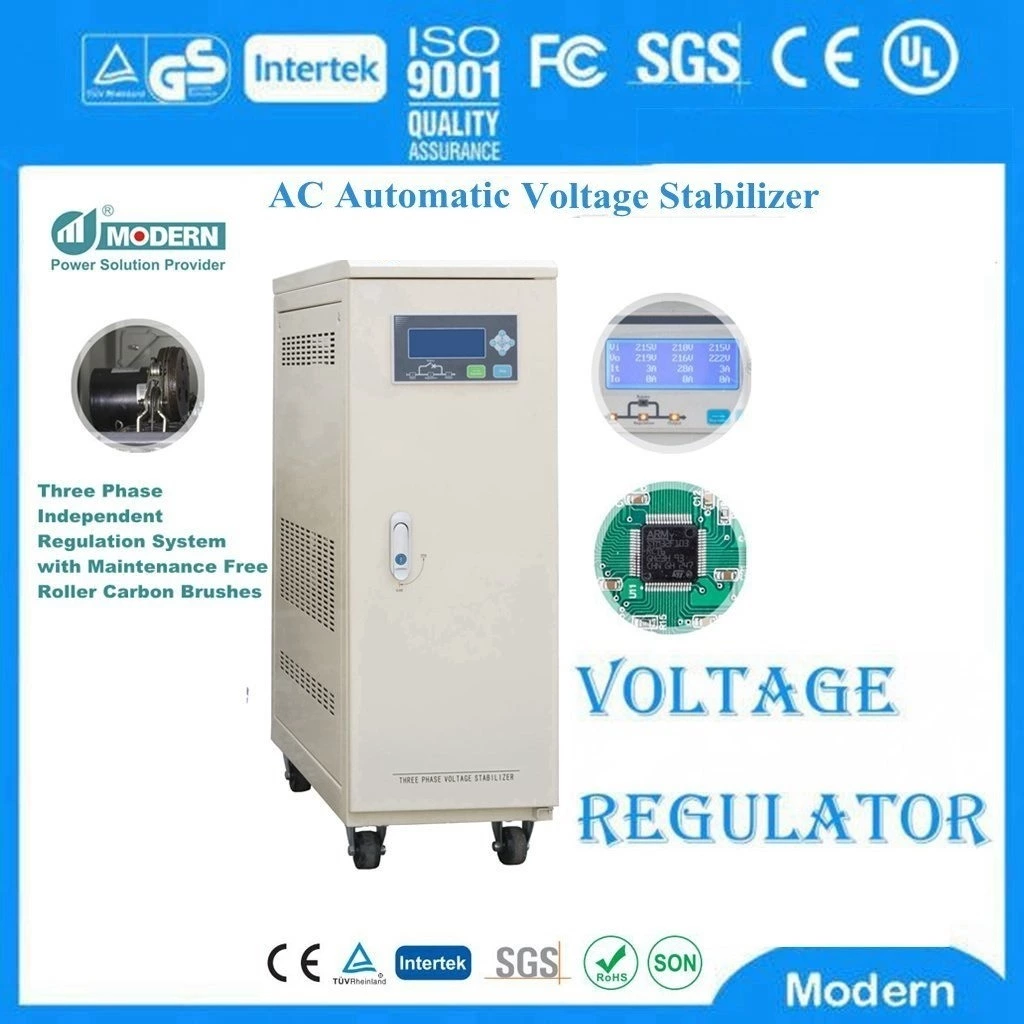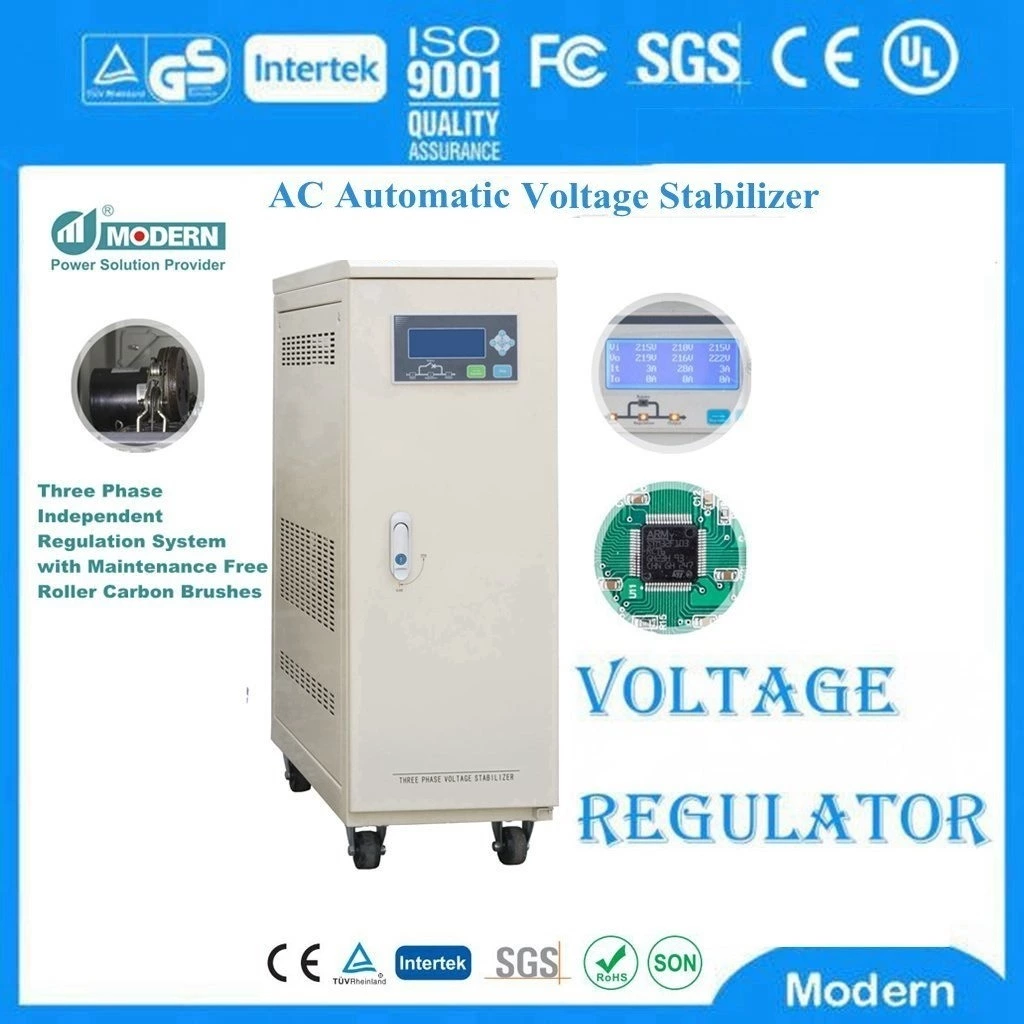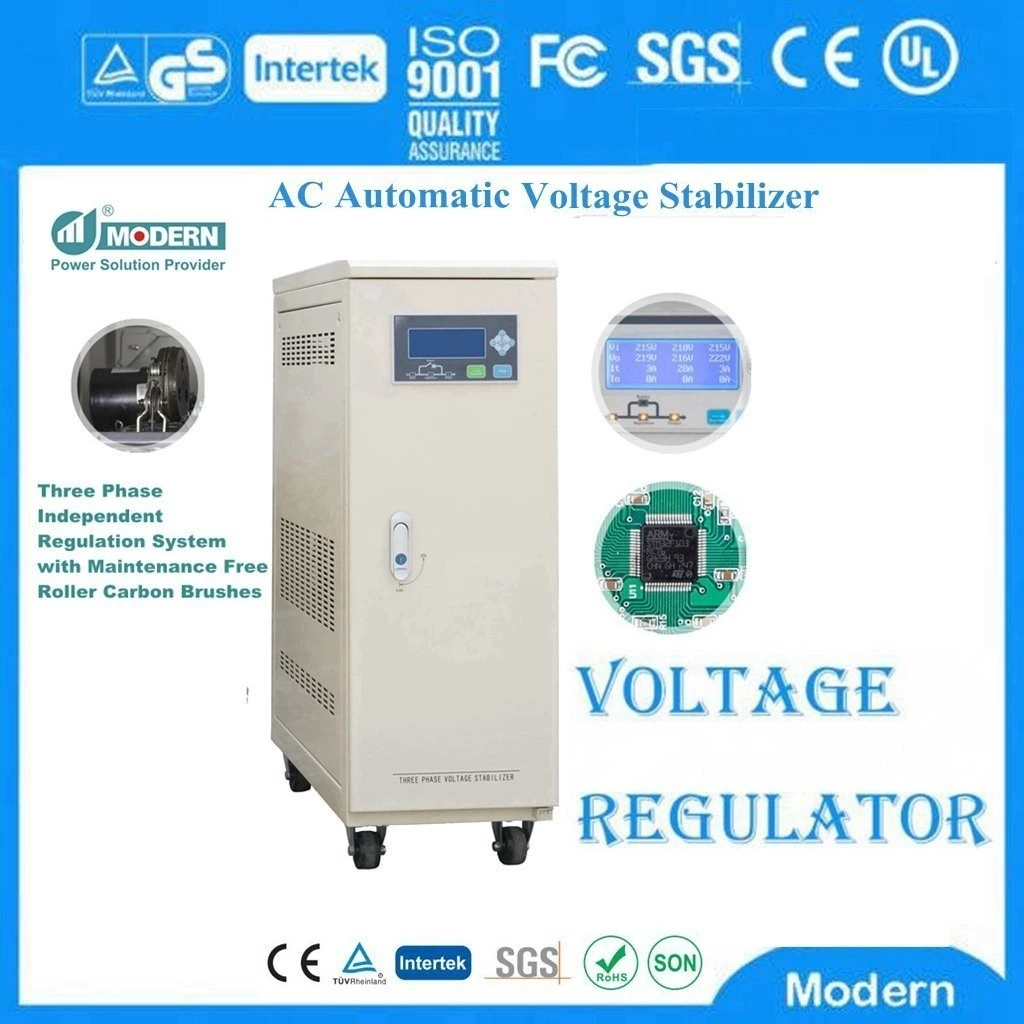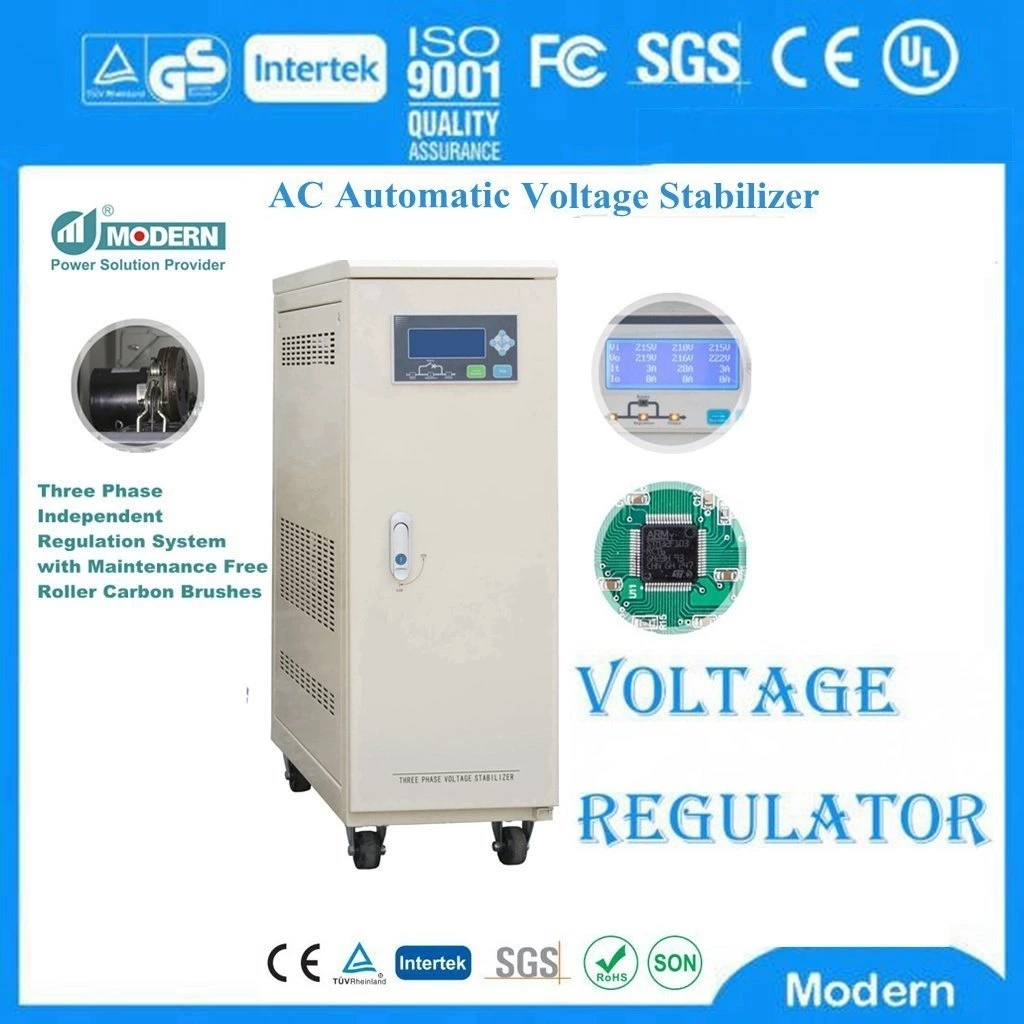What Is The Difference Between Constant Current Transformer And Constant Voltage Transformer?
The output current of Constant Voltage Transformer(CVT) remains unchanged, and the output voltage of constant voltage transformer remains unchanged. Current transformer is a constant current transformer, and voltage transformer is a constant voltage transformer. Regardless of the type of transformer, the principle is the same. The secondary voltage of an ideal transformer is proportional to the primary voltage, the secondary current is also proportional to the primary current, and the primary power is equal to the secondary power. As for constant current and constant voltage transformers, the only difference is whether the primary side is a fixed current or a fixed voltage. For example, the primary current of a current transformer is determined by the primary circuit, so as long as the secondary load is within a certain range, its current remains unchanged. Just like a voltage transformer, its primary voltage is determined by the supply voltage of the primary circuit, so as long as the secondary load is within a certain range, its voltage remains unchanged. Asking what is the difference between the internal principles of electrostatic dust removal and high voltage electricity of large transformers, please explain in detail. Thank you for your previous answer, but this is common sense. . . . Answering the internal principle is not much different. The difference is that electrostatic dust removal requires high voltage, but the current is very small, so the number of turns on the primary and secondary sides is more, and the wire diameter is thinner. High voltage electricity uses a power transformer, which needs to output a larger current, so the number of turns on the primary and secondary sides is relatively small and the wire diameter is thicker.

 Русский
Русский
 Français
Français
 Português
Português
 Español
Español
 اللغة العربية
اللغة العربية
